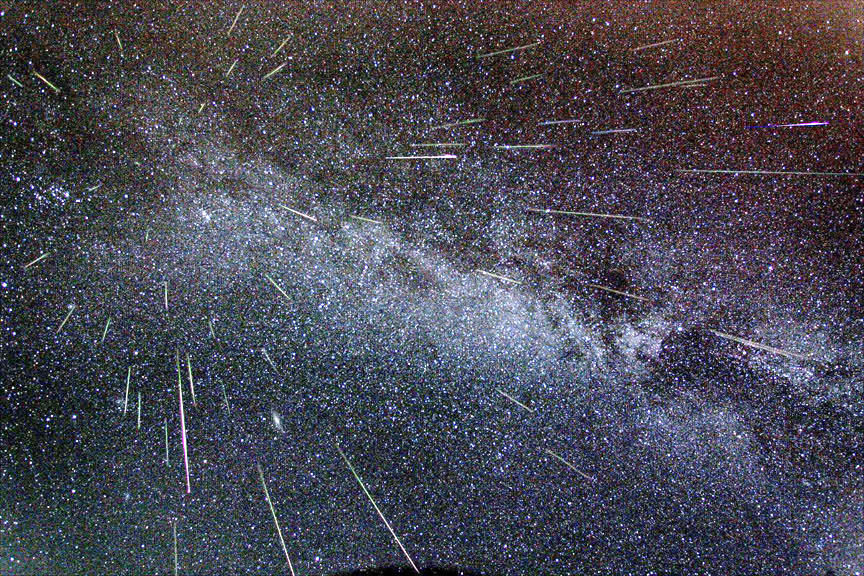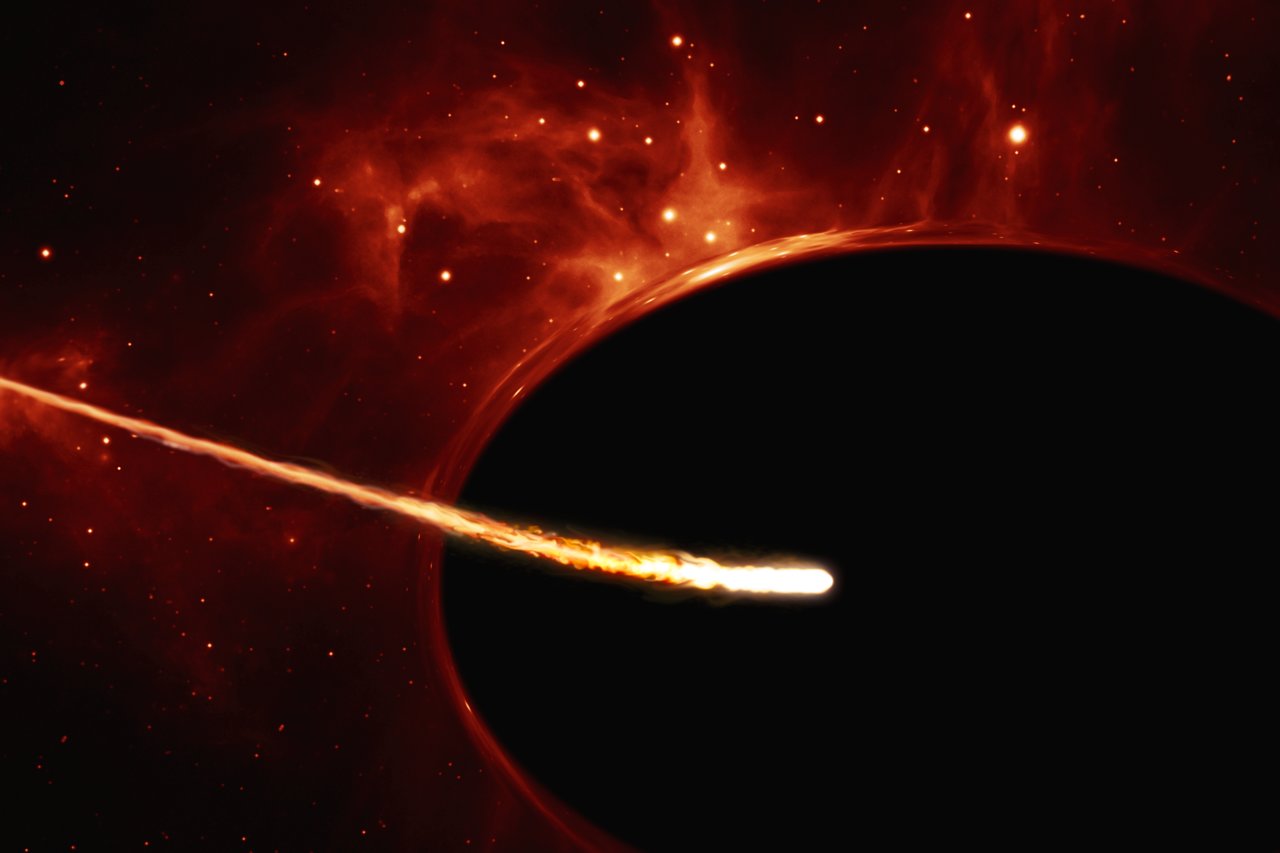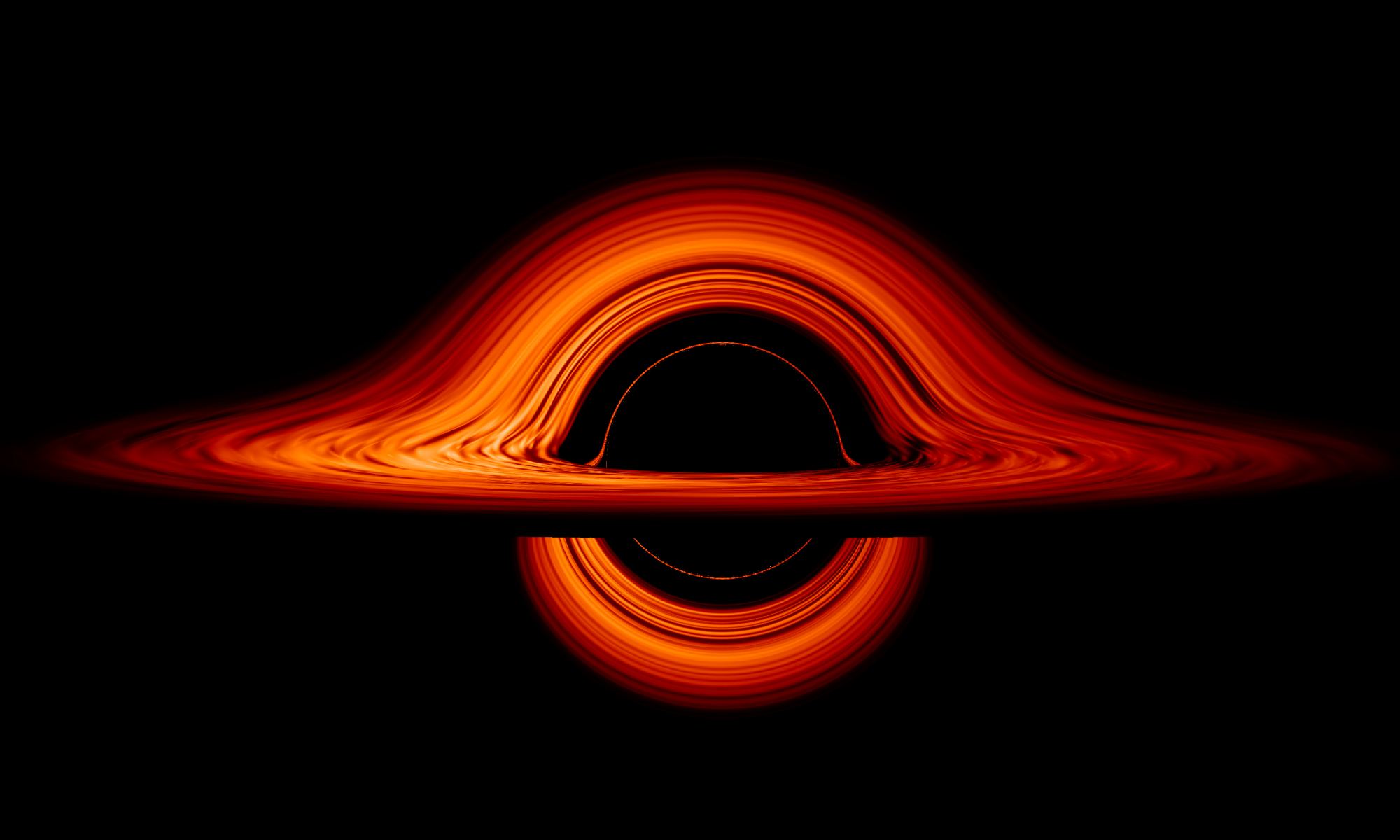The Breakthrough Starshot program aims to cross the immense distances to the nearest star in just decades. Using a high-powered laser to propel a reflective sail technology to relativistic speeds is their mission. The selection of sail material is key to its success as it must be lightweight while being able to withstand acceleration and radiation from the laser. A recent study explores various materials and proposes that core-shell structures—spherical particles composed of two different materials—could be a promising solution.
Continue reading “What Should Light Sails Be Made Out Of?”Sending a Spacecraft to Another Star Will Require a Million Lasers Working Together

In 2016, Russian-American billionaire Yuri Milner founded Breakthrough Initiatives, a non-profit organization dedicated to investigating some of the most enduring mysteries of the Universe. Chief among their scientific efforts is Breakthrough Starshot, a proof-of-concept prototype that combines a lightsail, a nanocraft, and directed energy (aka. laser) propulsion to create a spacecraft capable of reaching the nearest star (Alpha Centauri) in our lifetimes.
Naturally, this presents all sorts of technical and engineering challenges, not the least of which is the amount of power needed to accelerate the spacecraft to relativistic speeds (a fraction of the speed of light). Luckily, scientists from the Australian National University (ANU) recently came up with a design for a directed-energy array made up of millions of individual lasers positioned across the Earth’s surface.
Continue reading “Sending a Spacecraft to Another Star Will Require a Million Lasers Working Together”A New Idea to Harness Energy From Black Holes
Fifty years ago, English mathematical physicist and Nobel-prize winner Roger Penrose proposed that energy could be extracted from the space around a rotating black hole. Known as the ergosphere, this region lies just outside an event horizon, the boundary within which nothing can escape a black hole’s gravitational pull (even light). It is also here where infalling matter is accelerated to incredible speeds and emits all kinds of energy.
This became known as the Penrose Process, which many theorists have since expanded on. The latest comes from a study conducted by researchers from Columbia University and the Universidad Adolfo Ibáñez in Chile. With support from organizations like NASA, they demonstrated how a better understanding of the physics at work around spinning black holes could allow us to harness their energy someday.
Continue reading “A New Idea to Harness Energy From Black Holes”NASA’s New Video Shows You What it’s Like Traveling Close to the Speed of Light
If you’re a fan of science fiction, chances are you encountered a few franchises where humanity has spread throughout the known Universe. The ships that allow them to do this, maybe they use a warp drive, maybe they “fold space,” maybe have a faster-than-light (FTL) or “jump” drive. It’s a cool idea, the thought of “going interstellar!” Unfortunately, the immutable laws of physics tell us that this is simply not possible.
However, the physics that govern our Universe do allow for travel that is close to the speed of light, even though getting to that speed would require a tremendous amount of energy. Those same laws, however, also tell us that near-light-speed travel comes with all sorts of challenges. Luckily for all of us, NASA addresses these in a recently-released animed video that covers all the basics of interstellar travel!
Continue reading “NASA’s New Video Shows You What it’s Like Traveling Close to the Speed of Light”There Could be Meteors Traveling at a Fraction of the Speed of Light When They Hit the Atmosphere

It’s no secret that planet Earth is occasionally greeted by rocks from space that either explode in our atmosphere or impact on the surface. In addition, our planet regularly experiences meteor showers whenever its orbit causes it to pass through clouds of debris in the Solar System. However, it has also been determined that Earth is regularly bombarded by objects that are small enough to go unnoticed – about 1 mm or so in size.
According to a new study by Harvard astronomers Amir Siraj and Prof. Abraham Loeb, it is possible that Earth’s atmosphere is bombarded by larger meteors – 1 mm to 10 cm (0.04 to 4 inches) – that are extremely fast. These meteors, they argue, could be the result of nearby supernovae that cause particles to be accelerated to sub-relativistic or even relativistic speeds – several thousand times the speed of sound to a fraction of the speed of light.
Continue reading “There Could be Meteors Traveling at a Fraction of the Speed of Light When They Hit the Atmosphere”Using Black Holes to Conquer Space: The Halo Drive!

The idea of one day traveling to another star system and seeing what is there has been the fevered dream of people long before the first rockets and astronauts were sent to space. But despite all the progress we have made since the beginning of the Space Age, interstellar travel remains just that – a fevered dream. While theoretical concepts have been proposed, the issues of cost, travel time and fuel remain highly problematic.
A lot of hopes currently hinge on the use of directed energy and lightsails to push tiny spacecrafts to relativistic speeds. But what if there was a way to make larger spacecraft fast enough to conduct interstellar voyages? According to Prof. David Kipping – the leader of Columbia University’s Cool Worlds lab – future spacecraft could rely on a Halo Drive, which uses the gravitational force of a black hole to reach incredible speeds.
Continue reading “Using Black Holes to Conquer Space: The Halo Drive!”


